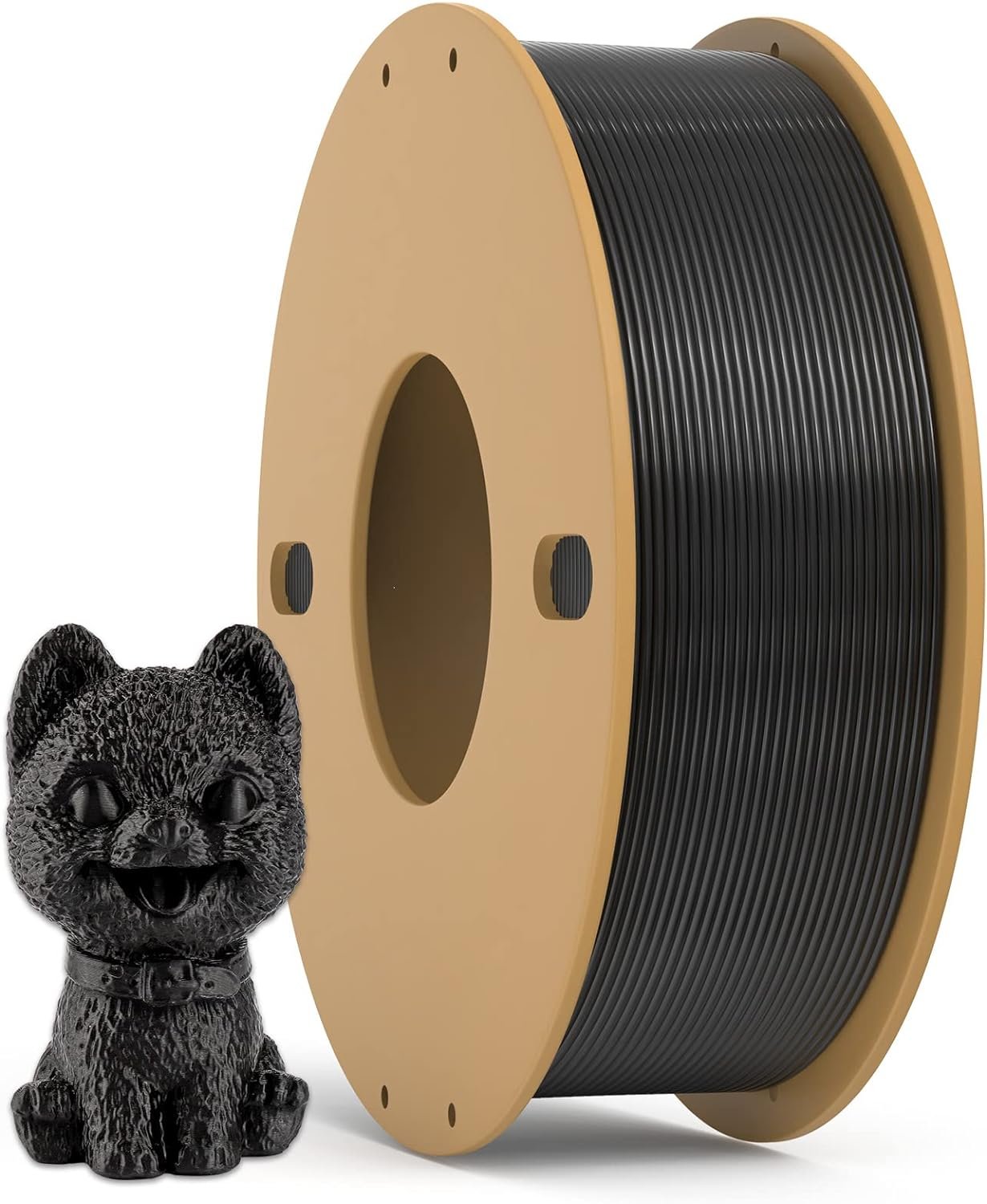Are you in pursuit of the ideal 3D printing material? Look no further than PLA filament, a sturdy and eco-friendly bioplastic crafted from sources like cornstarch and sugarcane. But the burning question remains: How long does PLA Filament Last? And what measures should one take to ensure its proper utilization? In this blog post, we’ll delve into these queries while also offering valuable tips on safely and efficiently using PLA filament.
Main types of PLA filament:
With its exceptional durability and versatility, PLA filament has swiftly emerged as a top choice for 3D printing. However, not all PLA filaments are equal, necessitating a consideration of the various types available. For those seeking top-notch quality prints, virgin PLA guarantees consistent results every time – ideal for precision-centric endeavors. On the other hand, recycled PLA offers an eco-friendly alternative with cost savings, without compromising performance. Whether aiming for superior accuracy or sustainability, these two types of PLA filament will bring your vision to fruition.
How long Does PLA filament last?
Under proper storage conditions, PLA filament can remain viable for months, even years. To maintain your PLA filament in optimal condition, it’s crucial to store it meticulously. Shield it from direct sunlight and humidity, as UV light can degrade its quality over time. Store it in a cool, dark spot, and if not intending immediate use, seal it in an airtight bag or container to ensure longevity.
The lifespan of a PLA print hinges on the item’s purpose and placement. Indoor items like vases or figurines can endure for years, while outdoor displays like birdhouses may last one to two years before showing signs of deterioration.
How to store PLA filament?
Correct storage of PLA filament is vital for ensuring proper printing and longevity. PLA, derived from renewable sources like corn starch or sugarcane, is robust but susceptible to degradation if improperly stored. Simply store it in a cool, dark place away from direct sunlight or heat sources.
Manufacturers’ instructions often detail ideal storage conditions, but generally, avoiding direct sunlight preserves filament color and quality. Maintaining temperatures between 60-80°F (15-26°C) prevents warping. Properly sealed containers are recommended for large spools to fend off moisture.
Factors that Affect PLA Filament Life:

Several factors impact the longevity of PLA filament:
- Exposure to Sunlight: Direct sunlight can degrade PLA filament over time.
- Temperature Extremes: Extreme temperatures can make the filament brittle.
- Humidity Levels: High humidity weakens the filament.
- Storage Conditions: Proper storage in airtight containers is crucial.
- Printing Conditions: Printing at high temperatures or frequent pauses can shorten filament lifespan.
How Long Does PLA Filament Last After Opening?
The longevity of opened PLA filament depends on storage conditions. Sealed containers with desiccants, kept at 10-40°C, can preserve it for up to 15 years. Without proper storage, exposure to sunlight can reduce its lifespan to about a year, with brittle filament within a week under direct sunlight.
Read: UV Resin 3D Printer vs. Filament
How Long Does PLA Last Outside?
While PLA is biodegradable and suitable for outdoor use, its lifespan varies based on environmental factors. Expect several months to a year of longevity due to susceptibility to UV damage and temperature changes.
Tips for printing with PLA filament
- Use a cold bed to prevent warping.
- Employ an enclosure for consistent temperatures.
- Utilize supports to prevent collapse.
- Opt for higher infill for stronger prints.
Following these tips ensures optimal results and extends print life.
PLA filament is beginner-friendly and among the most sought-after options. Biodegradable and strong, it’s perfect for diverse applications, making it a sustainable choice for 3D printing enthusiasts.
What is PLA filament made of?
PLA filament is primarily composed of polylactic acid, a biodegradable thermoplastic derived from renewable resources such as corn starch or sugarcane. This eco-friendly material distinguishes PLA filament as a sustainable option for 3D printing.
Is PLA filament safe to use?
Yes, PLA filament is generally considered safe for 3D printing. It emits minimal, if any, harmful fumes when melted, making it suitable for indoor use without ventilation. However, like any material, proper handling and storage are recommended to ensure safety.
Can PLA filament be recycled?
Yes, PLA filament can be recycled. Its biodegradable nature allows it to undergo composting under specific conditions. Additionally, some recycling facilities accept PLA for processing into new products. However, it’s essential to verify local recycling options and guidelines.
How does PLA filament compare to other 3D printing materials?
PLA filament offers several advantages over other 3D printing materials. It boasts a low melting point, making it suitable for printing on machines with minimal temperature control. PLA is also known for its ease of use, biodegradability, and compatibility with a wide range of 3D printers.
What are the best practices for storing PLA filament?
Proper storage is crucial for maintaining the quality and longevity of PLA filament. Store it in a cool, dry place away from direct sunlight and moisture. Sealing the filament in an airtight container with desiccants can prevent moisture absorption, ensuring optimal printing results. Additionally, following the manufacturer’s storage recommendations is advisable for maximum filament lifespan.
Read: A Detailed Review and Guide of Inland Filament
Conclusion
PLA filament offers a biodegradable and eco-friendly solution for 3D printing, thanks to its composition from renewable sources like cornstarch. Its low melting point and non-toxic nature make it a favored option, with its lifespan dependent on storage and usage habits.

